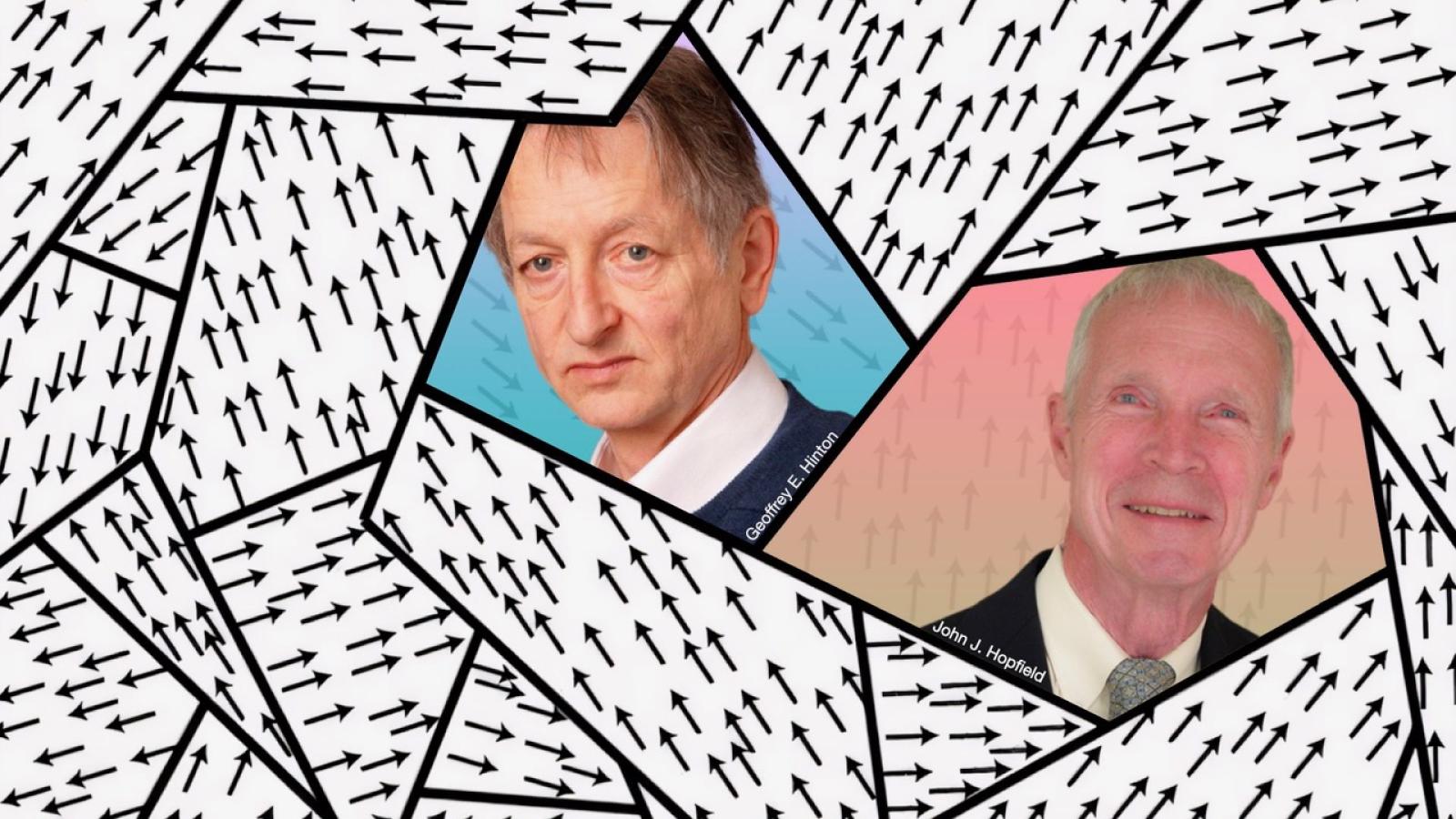[video:http://www.youtube.com/watch?v=NW1NZNkF8zU]
This companion app for the popular new exhibition "Creatures of Light: Nature's Bioluminescence" offers a close look at some of the extraordinary organisms that produce light.
[video:http://www.youtube.com/watch?v=Inc5ULYEIVw]
Enjoy interactive animations, photo galleries, and videos that reveal the beauty of this amazing natural phenomenon, how it works, and how scientists study it. Each chapter of the app, which is adapted from the iPad content featured throughout the exhibition gallery, is set to a symphonic soundtrack composed exclusively for Creatures of Light.
[video:http://www.youtube.com/watch?v=X4ylakY7YBA]
The American Museum of Natural History is one of the world's preeminent scientific and cultural institutions. Since its founding in 1869, the Museum has advanced its global mission to discover, interpret and disseminate information about human cultures, the natural world and the universe through a wide-ranging program of scientific research, education and exhibition. The Museum is renowned for its exhibitions and scientific collections, which serve as a field guide to the entire planet and present a panorama of the world's cultures.
Anteprime dell'app:







